Hands On: David Stükenberg Builds His Dream Electric Guitar from Scratch
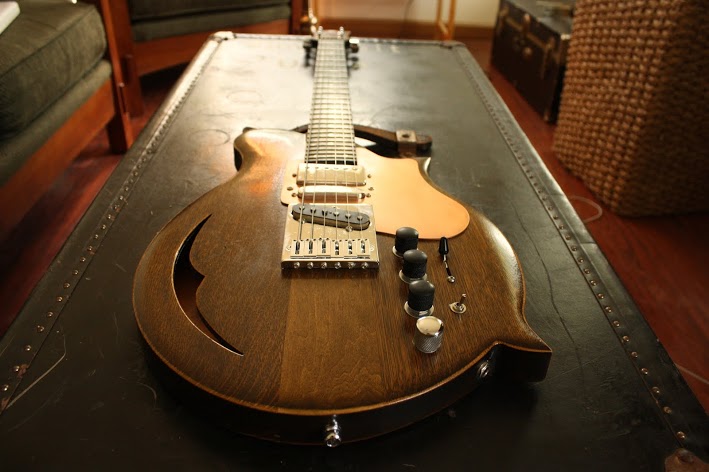
I really wanted to work on building something tangible, not merely expressing an emotion or an idea.
I wanted the type of satisfaction that comes with Legos. I was really looking for certain criteria in an electric guitar but was unable to find it in the guitars I had owned over the years.
I loved the low end of the 335s and 225s I'd used but could never get a good handle on the crunchier tube tones without getting crazy feedback. I love feedback, but I wanted to build an instrument I could control it with — something more like a Theremin and less like a blown cab.
I loved Strats, but I felt like I was ripping off Gilmour, Hendrix, Clapton, SRV, etc. every time I played them. I loved Les Pauls and the SGs but was never satisfied with their seemingly single-faceted rock sound.
The closest I could find to the versatility I wanted out of a guitar was a Tele, but even it seemed to have a little too much twang. That's to say they were all perfect for one song but impossible to use on another. Maybe it's the German in me, but I wanted to find a way to have an electric guitar that could do all of these things.
The first element in the process was to surround myself with people who were smarter than me. Thankfully, I have a lot of bright, ambitious friends and family members to help me tackle a project none of us had ever attempted. After we assembled a rough plan of attack, the first item on the supply list was a large chunk of old hardwood.
While upscale hardwoods are readily available, finding old, dried-out hardwood was surprisingly difficult to do. Luckily though, my uncle Dan has a beautiful farm up in Wisconsin. A couple of remodeling projects on the house had created some spare chunks of wood. The piece we took was formerly a step.
Get The Pick Newsletter
All the latest guitar news, interviews, lessons, reviews, deals and more, direct to your inbox!
After doing some research on the age of the house and then counting the rings on this beat-up chunk of white oak, we found it to be between 360 and 380 years old. It was exactly what I needed for the resonant chambers of the body. I wanted sustain with the absence of a true hollow body. This would help alleviate the undertones that are created and impossible to control, while still having the ability to make and shape feedback. We used rock maple for the neck-through and ash for the biscuit-like structural binding.
When it came time to finalize the shape and design, I sketched up a variation of an old F-style mandolin and an old Gretsch to spec out the dimensions. My friend George Szwaya of West Machine/Trick Drums helped us with CAD work, cleaning up the final shape, the face curvature and the rear cavities. He's a brilliant guy, I never would have been able to make this thing without him.
Because I wanted a scale that would permit alternate tunings without sacrificing any of the resonance, we went with a 24-fret “neck thru” design. Unfortunately, we didn't think about cases during the design and building process. The guitar doesn’t fit into normal guitar cases due to its odd dimensions, so I ended up having to order a custom Pelican sniper case for it.
When it came to pickups, I installed a splittable humbucker in the neck. This way I could have a warm, thick sound but be able to split it for the rounder blues sounds. I also used a harsh single coil in the bridge for the crunchy, thin rock sounds. The final touch was a lipstick in the middle for an almost acoustic quality and intentionally lower output.
Once I had the type, I had to pick the manufacturer. The humbucker ended up being Lollar, and the lipstick and single coil a Kinmann Tele set. In terms of the wiring, it was pretty straight forward. We installed a split switch for the humbucker, a five-way Strat switch, three volume knobs and a PBX modded tone knob connected to all three pickups.
I wanted metallic plates over the two rear cavities in the hopes that I could get some of the undertones I had been able to get using a dobro. This ended up coming in handy for manipulating feedback. I've always loved the way copper looked on antique furniture, and it seemed the obvious choice to match the aesthetic of the F-style body.
It was great to get to customize the layout and configuration of the knobs and switches specific to my desires and playing style. This was an opportunity to build the perfect platform on which to grow as a guitarist. It seemed like a right of passage to construct the instrument I would use to shape and refine the sound I hope to grow into.
When Matchless agreed to endorse us, I was ecstatic. They make drool-worthy stuff that guitarists dream about. When you put so much time into the sound that you want to come out of the instrument, it’s great to play through a product that was crafted with similar attention to detail. The amp makes all of the work put into the guitar come to life. That was definitely an exciting cherry on top. It’s a great motivator and a little intimidating as well. Whenever I power my stereo Matchless setup and see the glowing tubes, I take a deep breath and think, “Crap I'd better not suck.”
Austin-based rockers Stükenberg are set to release their third album, Novella, November 12. With a sound characterized by songwriter and multi-instrumentalist frontman David Stükenberg as "Appalachian rock," Novella finds inspiration in early Fleetwood Mac's eerie backwoods melodies and the distorted, almost-Pentecostal energy of a church service led by Rage Against the Machine. Novella's wildly lush narratives and darkly driven tunes immediately grab your attention and simply refuse to let go. Check out Stükenberg's Kickstarter campaign HERE. Follow them on Facebook HERE.

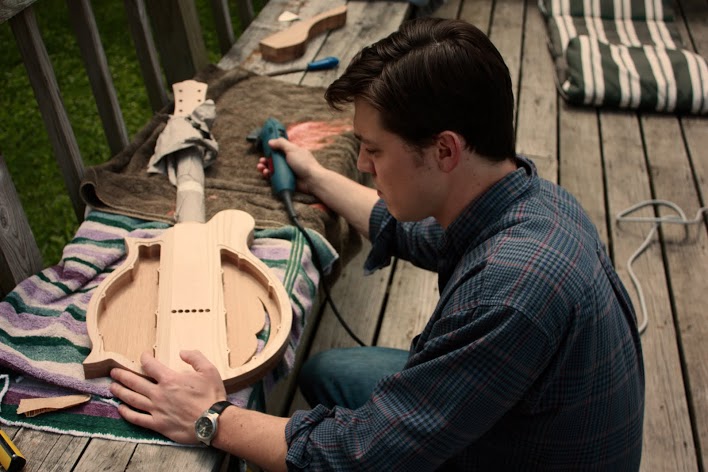
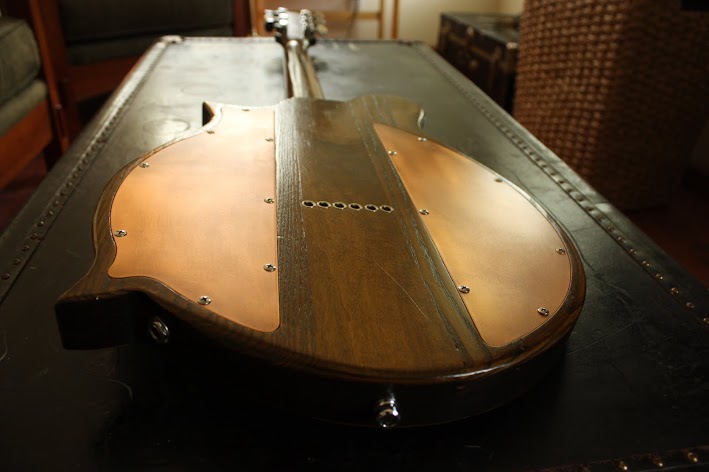
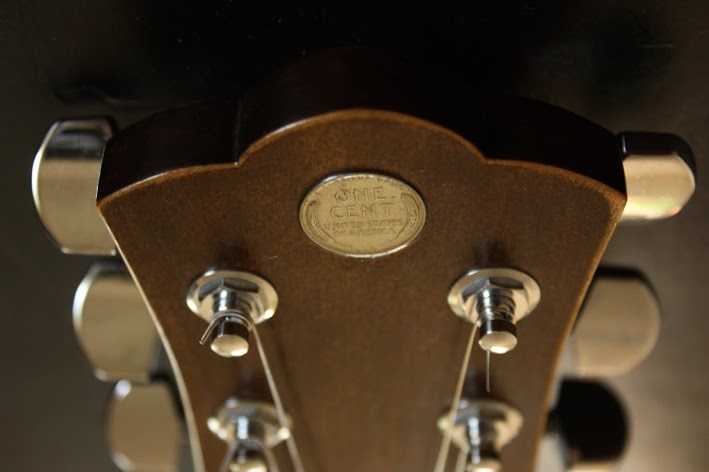
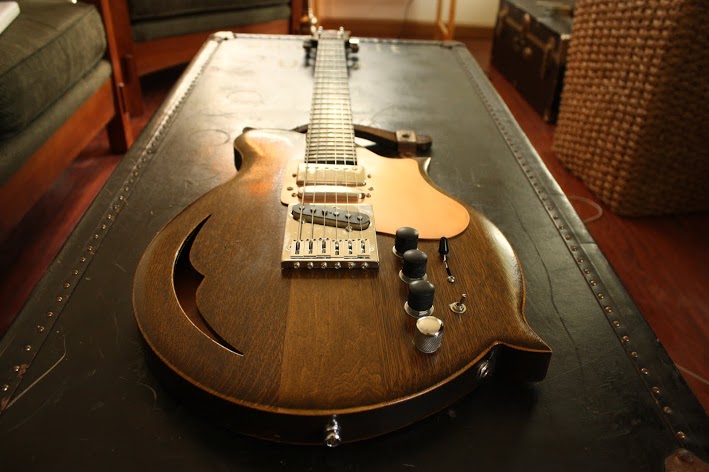
“It holds its own purely as a playable guitar. It’s really cool for the traveling musician – you can bring it on a flight and it fits beneath the seat”: Why Steve Stevens put his name to a foldable guitar
“Finely tuned instruments with effortless playability and one of the best vibratos there is”: PRS Standard 24 Satin and S2 Standard 24 Satin review










